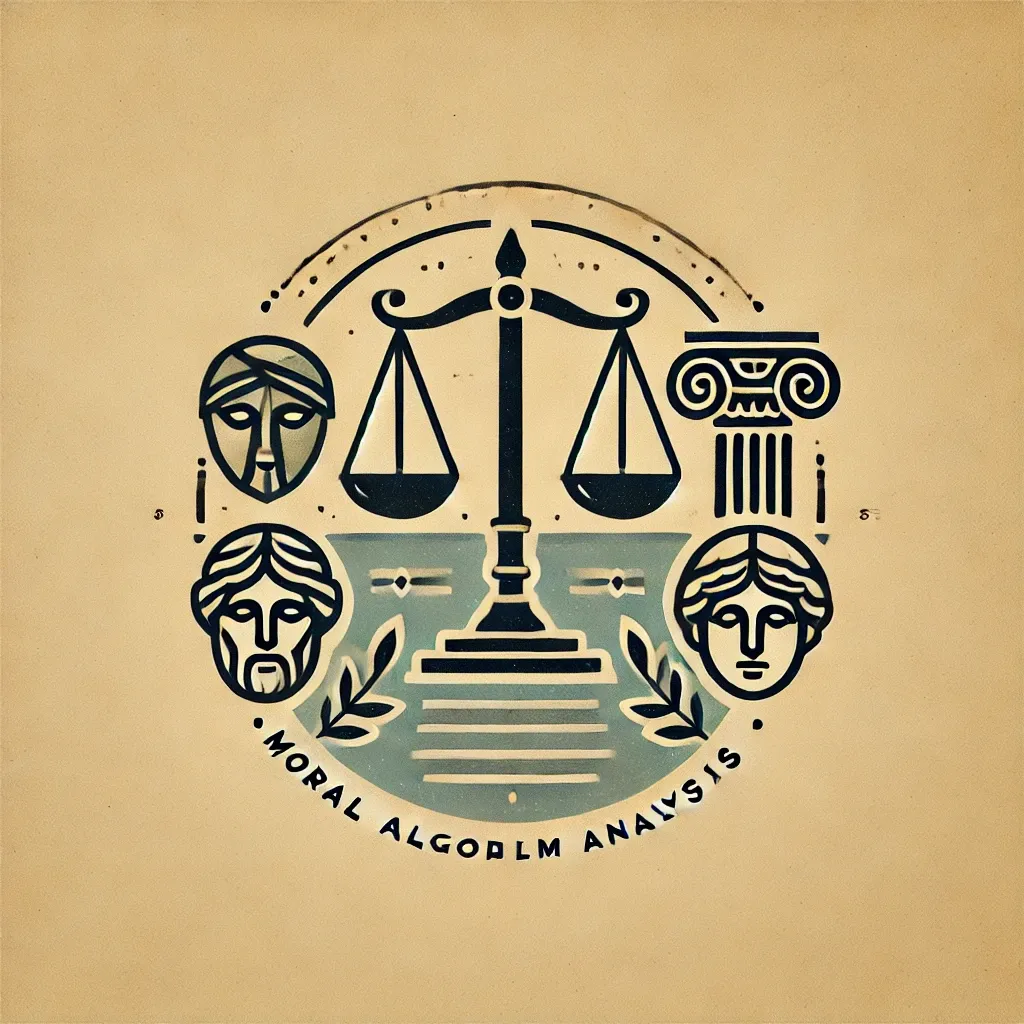Ethical Violations at the Supreme Court
Recent investigations have unveiled a troubling pattern of ethical violations among some of its justices, jeopardizing the institution's integrity.

An Investigation of Ethical Violations at the Supreme Court: A Comprehensive Analysis
The Supreme Court of the United States, the nation’s highest judicial authority, occupies a vital role in upholding the rule of law and maintaining public trust. However, recent investigations have unveiled a troubling pattern of ethical violations among some of its justices, jeopardizing the institution's integrity. This article delves into the findings of the December 2024 report, "An Investigation of the Ethics Challenge at the Supreme Court," highlighting the critical issues, historical context, specific allegations, and proposed reforms.
The Historical Context of Supreme Court Ethics
The modern framework of judicial ethics emerged from significant political scandals in the late 20th century. The resignation of Associate Justice Abe Fortas in 1969 over allegations of financial impropriety marked an early milestone in judicial accountability. The Watergate scandal of the 1970s further catalyzed reforms, leading to the passage of ethics legislation such as the Ethics in Government Act of 1978 (EIGA).
Despite these measures, systemic gaps have persisted, particularly concerning Supreme Court justices, who remain exempt from binding ethical codes that govern lower federal judges. This lack of enforceable standards has allowed a culture of unaccountability to fester within the Court.
Key Findings: A Pattern of Ethical Misconduct
Justice Antonin Scalia
- Lavish Undisclosed Gifts:
- Accepted luxury travel and lodging from wealthy benefactors with business before the Court.
- Misused the “personal hospitality” exemption in financial disclosure laws to obscure these gifts.
- Failure in Transparency:
- Regularly omitted significant travel-related expenses from financial disclosures, violating federal law.
Justice Clarence Thomas
- Extravagant Gifts:
- Received millions of dollars in gifts, including luxury travel, from billionaires such as Harlan Crow.
- Non-Disclosure of Transactions:
- Failed to report the sale of Georgia properties to Crow and other significant financial benefits.
- Conflict of Interest:
- Participated in cases where his wife, Ginni Thomas, had direct political and financial stakes, including involvement with the "Stop the Steal" movement.
Justice Samuel Alito
- Undisclosed Private Travel:
- Benefited from private jet transportation and accommodations for a luxury fishing trip without disclosure.
- Improper Recusal:
- Declined to recuse himself from cases involving parties with whom he had financial or personal ties, compromising public confidence.
Systemic Ethical Breaches
- Gift-Based Access:
- Wealthy individuals leveraged gifts to gain private access to justices, raising concerns about undue influence.
- Inconsistent Recusal Standards:
- Justices’ ad hoc decision-making on recusals has created an opaque and inconsistent system, further eroding trust.
Failures of Oversight and Accountability
The Judicial Conference of the United States, tasked with administering ethics policies for lower courts, has repeatedly failed to extend its purview effectively to the Supreme Court. Lapses include inadequate review of financial disclosures and insufficient responses to complaints of ethical misconduct.
Moreover, Chief Justice John Roberts’s refusal to implement a binding code of conduct has exacerbated the problem. The lack of institutional mechanisms to enforce accountability allows justices to act with impunity, further eroding public trust in the judiciary.
The Paradox of Justice and Ethical Weakness
Justice is founded on impartiality, integrity, and adherence to the highest ethical standards. When those entrusted with upholding justice fail to embody these principles, the credibility of the entire judicial system is compromised. Weak ethics among those who wield judicial power create a paradox that undermines the very foundation of fairness and accountability.
Erosion of Public Trust
The public’s confidence in the judiciary depends on the perception that justices are beyond reproach. Ethical failures among the Court’s members foster skepticism about their ability to deliver unbiased judgments. This skepticism can lead to broader disillusionment with democratic institutions.
Conflict of Interest and Impartiality
When justices accept undisclosed gifts or fail to recuse themselves in cases involving personal or financial conflicts, it raises the question: Can they truly deliver impartial justice? Such behavior creates an appearance of impropriety that compromises the integrity of their rulings and the legitimacy of the Court itself.
The Necessity of Accountability
To hold others accountable, justices must themselves adhere to the highest standards of ethics and transparency. Without this commitment, the judicial system risks becoming a vehicle for power rather than a beacon of justice. An enforceable code of conduct and robust oversight mechanisms are essential to address these weaknesses and restore the judiciary’s role as a guardian of justice.
Proposed Reforms: Restoring Integrity to the Court
Legislative Solutions
- Supreme Court Ethics, Recusal, and Transparency Act:
- This proposed legislation would mandate an enforceable code of conduct, requiring justices to adhere to the same ethical standards as lower court judges.
- Enhanced Disclosure Requirements:
- Strengthen financial reporting obligations and ensure timely public access to justices’ financial disclosures.
Institutional Reforms
- Independent Oversight:
- Establish an external body to oversee judicial ethics and investigate allegations of misconduct.
- Transparent Recusal Processes:
- Create clear and enforceable guidelines for recusals, reducing subjectivity and ensuring impartiality.
Cultural Shift
- Commitment to Public Accountability:
- The Court must prioritize restoring public trust by embracing transparency and accountability as core values.
- Education and Advocacy:
- Engage the public and legal community in discussions about the importance of judicial ethics to sustain democratic governance.
Conclusion
The revelations in the report underscore the urgent need for reform within the Supreme Court. As the ultimate arbiter of justice in the United States, the Court must hold itself to the highest ethical standards. Without immediate action, the erosion of public confidence threatens the foundation of the judiciary and, by extension, the democratic system it serves.
Through legislative action, institutional reform, and a renewed commitment to transparency, the Supreme Court can reclaim its integrity and restore faith in its impartiality. As the debate continues, one principle remains clear: no justice, regardless of rank, is above the law.
How an AI-driven governance framework "The Moral Algorithm" based on John Adams thoughts specifically;
“Government is instituted for the common good; for the protection, safety, prosperity and happiness of the people; and not for the profit, honor, or private interest of any one man, family, or class of men and to reform, alter, or totally change the same, when their protection, safety, prosperity and happiness require it.” - John Adams
could specifically address Supreme Court ethics violations through several key mechanisms:
- Automated Financial Disclosure and Monitoring
- The system's "Policy Origin Validation and Lobbying Control" framework would implement:
- Real-time monitoring of financial transactions, gifts, and relationships
- Automated detection of potential conflicts of interest
- Blockchain-based tracking of all gifts, travel, and financial relationships
- Cross-referencing of relationships between justices and parties with interests before the court
- Comprehensive Detection Systems
- The "Corruption Prevention Mechanisms" would include:
- Multi-point validation requirements for all financial disclosures
- Automated detection of shell company contributions or hidden financial relationships
- Cross-reference checking between disclosed and actual activities
- Pattern analysis to identify suspicious relationship networks
- Real-time Manipulation Detection
- The system would implement:
- Active monitoring of relationships between justices and interested parties
- Benefit flow tracking to identify potential influence attempts
- Impact distribution mapping to detect patterns of favorable rulings
- Amendment source verification for any changes to disclosure reports
- Standardized Recusal Framework Through the "Validation Gates" system, it would:
- Create clear, objective standards for when recusal is required
- Automatically flag cases with potential conflicts
- Track relationships between cases and justices' personal/family interests
- Provide transparent documentation of recusal decisions
- Public Transparency Mechanisms The "Dynamic Feedback Loop" would ensure:
- Real-time public access to financial disclosures
- Automated alerts for potential ethics violations
- Stakeholder feedback integration
- Public oversight dashboards showing potential conflicts
- Systemic Reform Implementation Through its "Implementation Framework," it would:
- Establish and enforce a binding code of conduct
- Create standardized reporting requirements
- Implement automated compliance checking
- Provide regular audits and oversight reports
This system would help prevent the types of violations described by creating an objective, data-driven framework for monitoring and enforcing ethical standards, while maintaining transparency and accountability in judicial conduct.
The key advantage is that by removing human discretion from ethics monitoring and making the process automated and algorithmic, it becomes much harder to evade disclosure requirements or justify conflicts of interest through creative interpretations of rules. The system would create an objective standard that applies equally to all justices.
